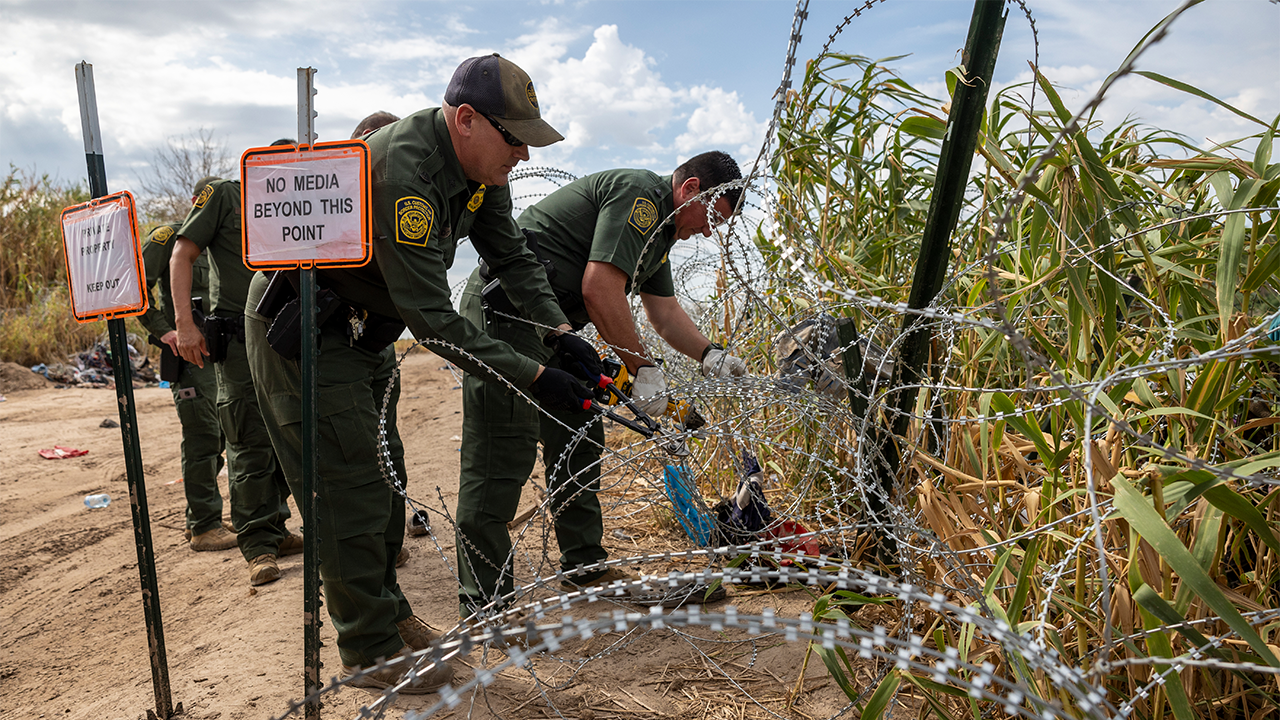Four days after Cyclone Mocha reached Myanmar, killing hundreds and devastating communities on its way, aid groups hoping to deliver humanitarian aid have been hampered by the junta on Thursday as survivors face increasing threats of hunger and disease.
Pierre Peron, a spokesman for the United Nations Office for the Coordination of Humanitarian Affairs, said the aid agencies were ready to deliver food, medicine and other urgently needed supplies but were awaiting approval from the military regime.
Aid agencies fear the death toll, estimated by some to be more than 450, will only rise as cyclone victims face food shortages, disease, a lack of clean water and the loss of their homes. Survivors are also at risk from unexploded landmines that may have been displaced during the flooding. An estimated 5.4 million people in Myanmar were affected by the storm.
Without quick help, humanitarian experts fear the death toll could soar, as happened after the cataclysmic 2008 Cyclone Nargis, which struck Myanmar farther east and killed more than 135,000 people. So was the military government at the time criticized for its slow response.
“We have asked for unrestricted access to affected communities,” Mr Peron said. “To achieve this, we need access to affected people, relaxation of travel authorization requirements and expedited customs clearance for goods.”
The junta has not publicly stated its decision to block international aid groups from affected areas, where rebels seeking autonomy have long fought the military. The junta has said it is sending aid, but most survivors interviewed by the New York Times say they have not received any aid from the military.
A spokesman for the junta could not be reached for comment.
After a decade of sharing power with civilian leaders, the military took control in a 2021 coup and is now waging a bloody civil war involving armed ethnic groups and pro-democracy forces.
The cyclone hit areas where most of the fighting took place, including Rakhine State, Chin State and Magway Region. Rescue workers, activists and survivors of the flooding say the military is reluctant to let outsiders into the area because it wants to maintain control over who receives aid.
In Matupi, a town in Chin state, farmer Salai Khaung Lian, 68, said he fled the storm on Sunday with his wife and two grandchildren to higher ground in the forest. The cyclone ripped off the roof of their house and now they don’t know where to go.
“We have no shelter, food or drink,” he said over the phone. “I just hope we get help before we die.”
On Thursday, the junta reported that 48 people died in the storm, although rescuers in a devastated area told the Times the number was almost 10 times that number.
dr Win Myat Aye, the minister for humanitarian affairs and disaster management for the rival national unity government, said at least 455 people had died according to the reports he had.
Most of the dead were Rohingya Muslims, who were among those rounded up in resettlement camps more than a decade ago, he said.
“The main reason Rohingyas are dying in large numbers during the cyclone is that they have to live in a small area with a large population,” he said. “Most Rohingya deaths are due to lack of freedom of movement and unjustified restrictions on their rights.”
The minister called on the junta to be allowed to provide aid to international humanitarian organizations without restrictions.
“International organizations have announced how they will help,” he said. “But in order to help the displaced, they must adhere to the junta’s agenda. The military says it will help everyone, but in reality, words and deeds are different.”
One of the hardest hit places was the area around Sittwe, the capital of Rakhine state, where many of the Rohingya camps are located.
A local rescue worker, U Tin Naing, estimated that 95 percent of the homes in the area were damaged or destroyed. At least 400 bodies were found, he said, and they were immediately buried.
“We still count,” he said. “Due to bad phone lines and poor internet connection, we still can’t put a figure on the death toll.”
Khaing Thu Kha, a spokesman for the Arakan Army, which has been fighting the Myanmar military in its quest for autonomy since 2009, said the region urgently needs help.
“When the storm hit, the groceries that had been collected earlier were damaged by the rain,” he said. “Shelter, food, drinking water and medicines are urgently needed.”
Soldiers demonstratively delivered food to Rohingya living in one camp on Wednesday, but people living in several nearby camps said they received nothing.
In Matupi, about 100 miles north of Sittwe, activists said the ongoing war between resistance fighters and the military was hampering reconstruction efforts.
“As this is a war-torn area,” said Salai Mang Hre Lian, program manager at the Chin Human Rights Organization, “we are concerned about the danger posed by military land mines and unexploded bombs uncovered by the storm. “





